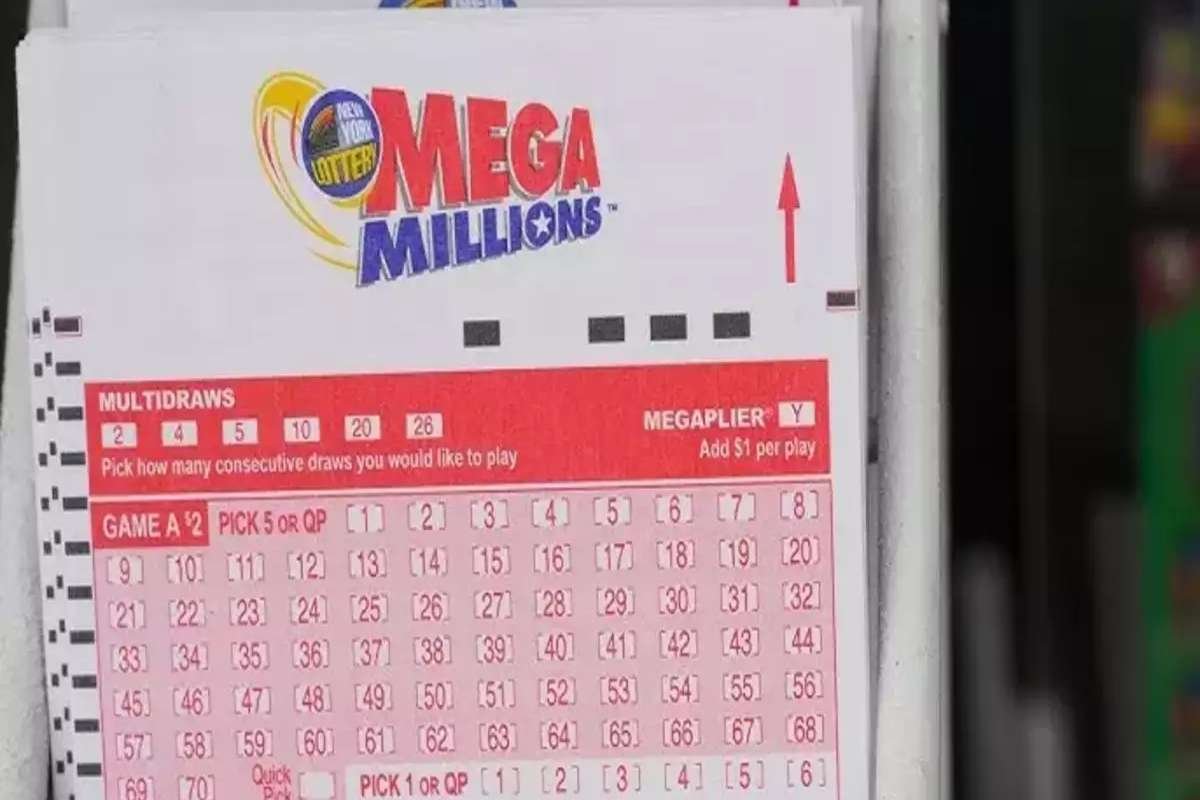Historic Jackpot Grows
The Mega Millions jackpot has surged to an astounding $1.15 billion, following an unclaimed Christmas Eve drawing for the $1 billion prize. This marks the fifth-largest jackpot in Mega Millions history. The next drawing is scheduled for Friday at 11 p.m. EST, offering participants another shot at the life-changing prize. However, the odds of securing the jackpot remain daunting at one-in-302 million. Winners opting for the lump sum payout would face significant tax deductions, ultimately taking home less than one-third of the advertised amount.
The Powerball, another popular lottery, will also hold its next drawing on Wednesday night, featuring a smaller yet still impressive $117 million jackpot. Its lump sum option stands at $53.4 million before taxes and is reduced further to $40.5 million with a 24% federal withholding rate, or $33.6 million if the winner’s income subjects them to a 37% federal marginal rate.
Changes in Lottery Mechanics
Recent adjustments to Mega Millions rules have influenced jackpot sizes and player odds. Introduced in October, the changes were aimed at delivering “bigger jackpots, better odds,” as stated by Mega Millions officials. Key updates include the removal of one “megaball” from the draw, improving odds for matching it from one-in-25 to one-in-24. Other changes feature larger starting jackpots, the elimination of break-even prizes, and the addition of a randomized multiplier for non-jackpot prizes.
For those fortunate enough to hit the jackpot, payout options include 30 annual installments or a lump sum of $516.1 million. However, tax obligations significantly diminish these amounts. A mandatory 24% federal withholding reduces the lump sum to $392.2 million, with further deductions depending on the winner’s taxable income. After applying the highest federal marginal tax rate of 37%, the final amount would shrink to $325.1 million.
Tax Implications and Historical Context
State taxes also play a role in determining a winner’s final take-home amount. While states like California and Texas do not tax lottery winnings, others impose varying rates. For instance, New York has one of the highest state tax rates at 10.9%, while Arizona’s rate is a comparatively lower 2.5%.
This jackpot follows a notable history of record-breaking prizes. Two of the top three Mega Millions jackpots were won just last year, including the largest-ever prize of $1.6 billion. However, not all major prizes have found claimants; in 2002, a $68 million Christmas Eve jackpot—the lottery’s inaugural year—went unclaimed.
As excitement builds for the upcoming drawing, millions of hopeful participants will try their luck, with the dream of becoming the next Mega Millions billionaire.









